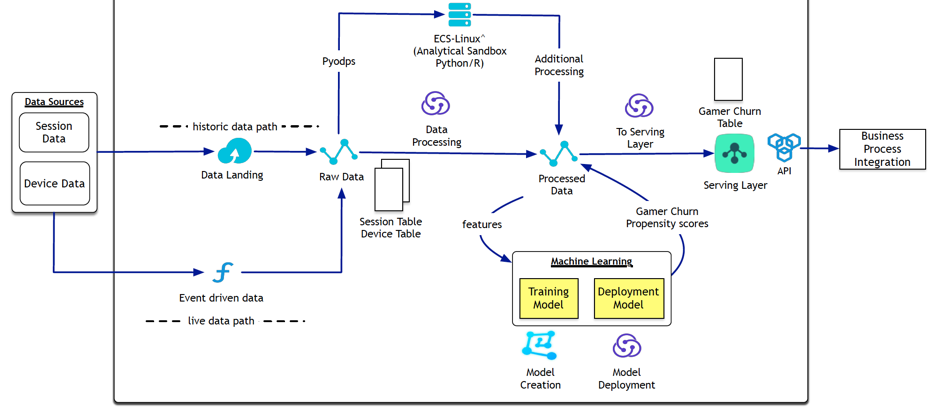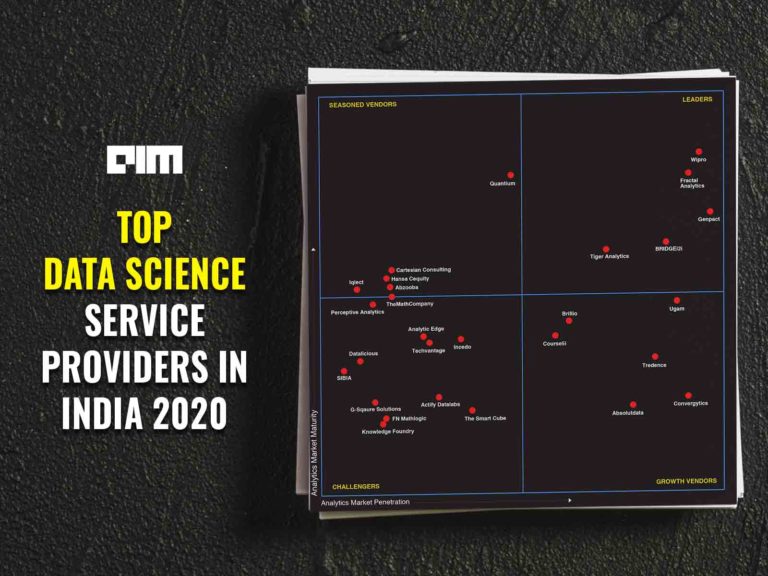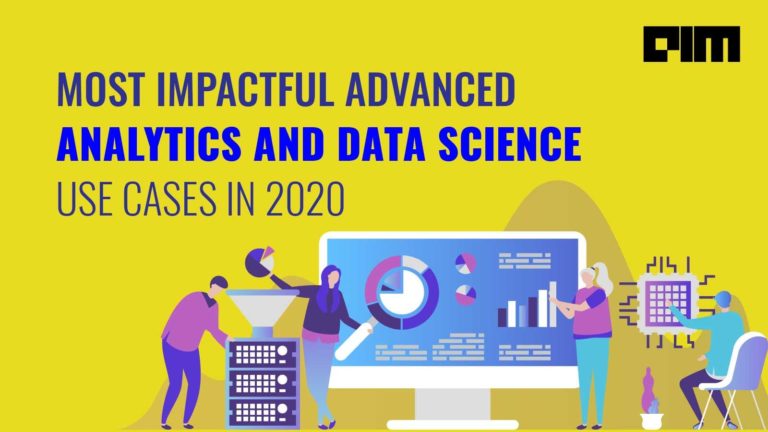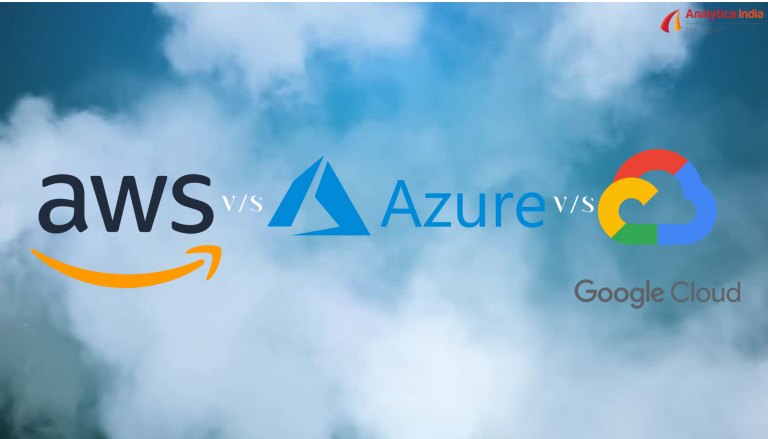With a stronghold in the industry of more than 20 years, Sayed Peerzade has strong business acumen, driving digital transformations and devising innovative strategies to fuel business. He has been known for setting up the technology from scratch in organisations and providing technical leadership across startups and established domains such as banking, media & entertainment, digital media and retail.
An IIM graduate, he strongly believes in making data and analytics a top priority for organisations. And at Reliance Entertainment, he has taken the digital transformation strategy to a whole new level, right from cloud adoption to steering the wheel towards analytics.
In his current role as the Group Chief Information Officer at Reliance Entertainment, he carries a vast portfolio across film making, TV & web series, digital, animation, broadcasting and gaming. Peerzade calls it to be an exciting journey, where he has worked on every aspect of building and scaling technology largely in terms of analytics and artificial intelligence. With 8 people in its analytics and data science team, Reliance Entertainment is riding high on the analytical wave.
Analytics India Magazine caught up with Peerzade to talk in-depth about technology adoption and the changes he has been able to bring using analytics and ML.
Analytics India Magazine: How is Reliance Entertainment riding the analytics wave? What are some of the crucial areas where analytics is being adopted? Please tell us some use cases.
Sayed Peerzade: Reliance Entertainment, especially its digital arm has adopted the data-driven decision-making approach since the beginning, primarily in mobile gaming, OTT and casual gaming aspects.
For instance, in gaming, we have a fully-fledged end-to-end analytical system, which is working to collect and process worldwide data. We collect and process around 65 million game events (Data points) from mobile devices every day. From Reliance Games, we collect and churn data points to get product and user insight. Since it is designed end-to-end by us, we call it Reliance Games Analytics (RGA).
The second major area is OTT. Analytics is used here big time to understand the consumption as well as recommendations. Whereas the third major area is the image market. We use analytics hugely here for search and recommendations, along with content decisions.
AIM: What is the roadmap of the company for analytics in the coming year? What are some of the key areas that you would be focusing on?
SP: We are primarily focusing on automation and bringing AI/ML components to our digital ecosystem. There is a big focus on Live analytics and building an AI component around it. We are working on simplifying the collection mechanism by adopting serverless computing and planning to use MaxCompute kind of platform instead of the traditional Hadoop that we previously used.
Although we have built a large data-driven analytical ecosystem for all sorts of actions and corrections in the product and user experience, we felt that there was a need to automate the actions and train the system based on data patterns. We are using AI and ML to achieve this objective and are building large algorithms around the data system and training the system to the best.

AIM: What are the tools that you have adopted to bring digital and analytical transformations to the company?
SP: We have brought tremendous digital transformations through the adoption of cloud, analytics, social and mobile. While the cloud brought us required agility and flexibility and saved costs, analytics brought us the advantage of better business insights for improvements. Social brought us more userbase and mobile is where business concentration is.
Talking about the tools, as far as analytics is concerned, we use Hadoop. We have worked with Google Big Query and Amazon Redshift before adopting Hadoop. We are also using MongoDB big time for the image market, apart from Tableau for visual analytics.
AIM: How are you vouching upon analytics in areas such as delivering a great customer experience and app management?
SP: Following are the ways we are adopting analytics to build up our app and data strategy.
- Proactivity and anticipating needs: Organisations are under immense pressure to not only concentrate on acquiring customers on a regular basis but to also understand the demands of the consumer so that they can optimise the customer experience while developing a long-standing relationship
- Mitigating fraud and risk: Effective data and analytics capabilities will help in delivering the optimum level of prevention from fraud as well as complete organisational security. Using statistical methodologies for fraud propensity models, which lead to alerts, assures the timely responses that are triggered by threat detection procedures as well as automated alerts or mitigation
- Delivering the relevant products: An effective and proper data collation from third-party sources, where individuals showcase their opinions and thoughts when merged with analytics, will help companies to remain competitive, even when new things are demanded or new technology is being developed
- Personalisation: Big data provides the opportunity to interact with customers, based on their personality and understanding their attitudes. Companies can also consider real-time locations for delivering personalisation in multi-channel service environments
- Optimising the customer experience: Analytical techniques that are modern and advanced can be established for improving the productivity of field operations. It can also increase efficiency and help in optimising the organisational workforce, in accordance with the needs of both the business as well as customer demands. The maximum use of data analytics helps to ensure continuous improvement due to the proper measurement of the main operational metrics.
AIM: What are the metrics that you rely on for an optimised customer experience and how do you measure it?
SP: Some of them (not all as we do lots of stuff on Analytics) matrix we measure using data for gaming business are presented below. The same analysis is done with different data points for OTT as well.
- Game Mode Analysis
- Churn Analysis
- Spend Analysis
- Effect of Design Changes
- Player Inventory Analysis
- Game Economy Analysis
- Pricing data
- Game variables
- Game balancing files
- Force update
- Asset bundles
For statistical analysis, we use tools such as R and Data Science Studio. The models used are descriptive and predictive, and some of the methods used are regression, multi-class classification, clustering.

AIM: How do you ensure data security while dealing with large volumes of data?
SP: When you are dealing with data, you have to secure it, there is no other way. When it comes to digital businesses, it is data-driven and there is lots of data we collect and play around with. We have taken security as core to design and have not faced issues when it comes to implementing new global guidelines like GDPR. The core elements of data security are confidentiality, integrity, and availability. Also known as the CIA triad, this is a security model and guide for organisations to keep their sensitive data protected from unauthorized access and data exfiltration. There are a few data security considerations we have on our radar:
- Where is your sensitive data located?
- Who has access to your data?
- Have you implemented continuous monitoring and real-time alerting on your data?
AIM: What are some of the challenges you face in analytics adoption?
SP: Earlier it was solution availability, now it is talent availability. Since we do not depend on any external player for design and data patterns, we are in a better position to handle these challenges. Another challenge is more of infrastructural and entire ecosystem design. Even today, Functional Compute and MaxCompute need to be tweaked to our requirements.
AIM: How are you building up the NLP and AI play at the company?
SP: We are more into the ML stage in terms of technology adoption. I wouldn’t say AI because it is a much greater subject of discussion. More statistical methods and NLP algorithms are getting developed to make data learn the patterns and take decisions based on the outcome of those patterns.
Let me explain with a use case of ‘Gamer Churn predictions’:
- Churn Prediction:
Use-Case: Predicting whether a specific class of paying gamers (eg. whales) would churn or not after a specific duration of the time window.
Impacted Metrics: Gamer engagement
- A propensity to convert model:
Use-Case: Predicting whether have-paying users (NPU) has a better probability of being converted into a paying user (PU).
Impacted Metrics: Gamer acquisition
For any AI/ML ecosystem to be in place, you need to have a strong analytics system in place. The second factor is the data. You should have proper, authentic and enough data. All successful AI/ML solutions have to build around these two ecosystems. If you see the below infographic for the above use cases of AI for us, you understand where I am coming from, we are building strong training and deployment modules around the analytical systems and data.



















































































